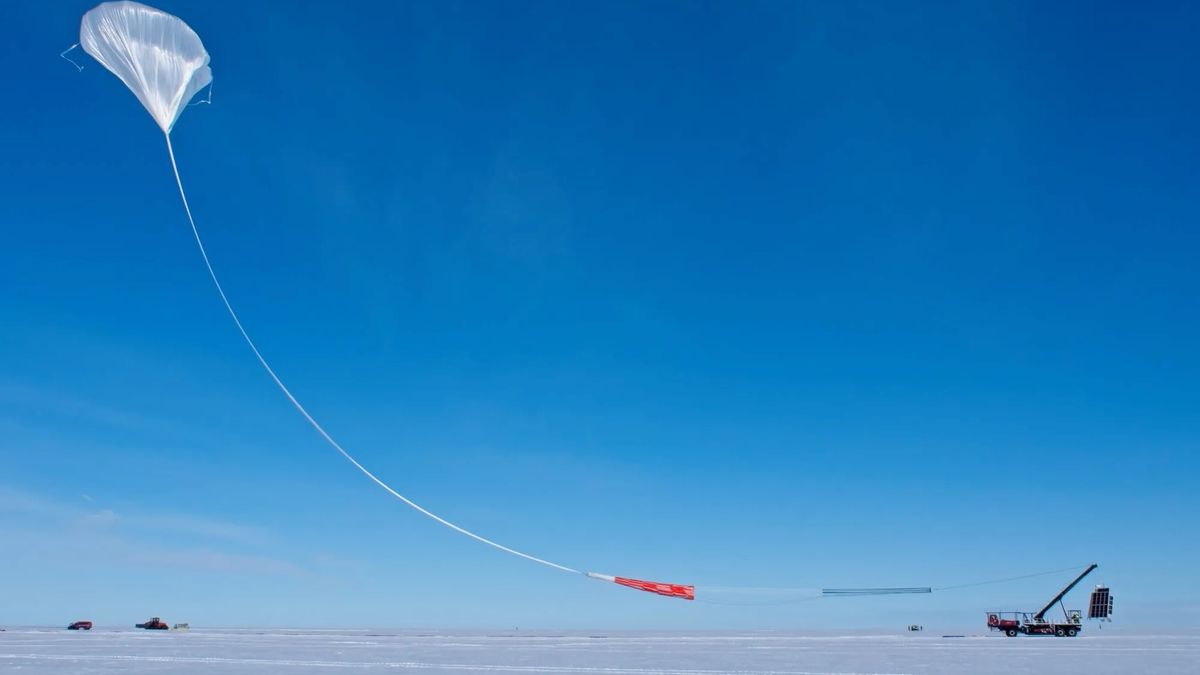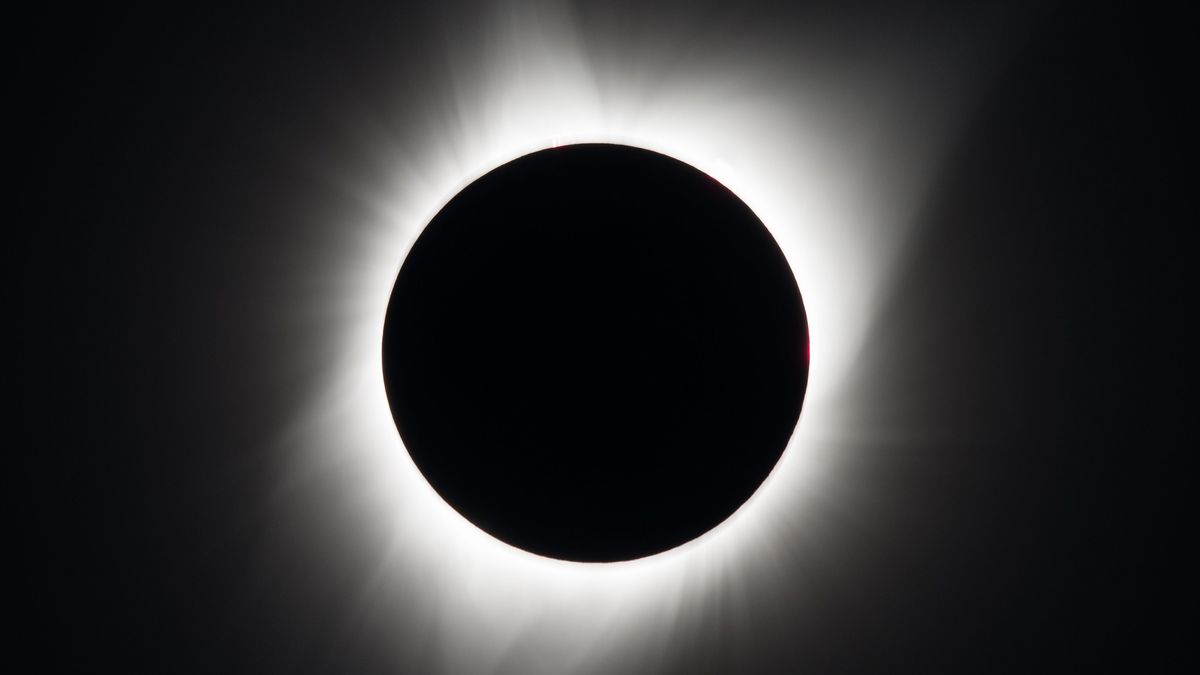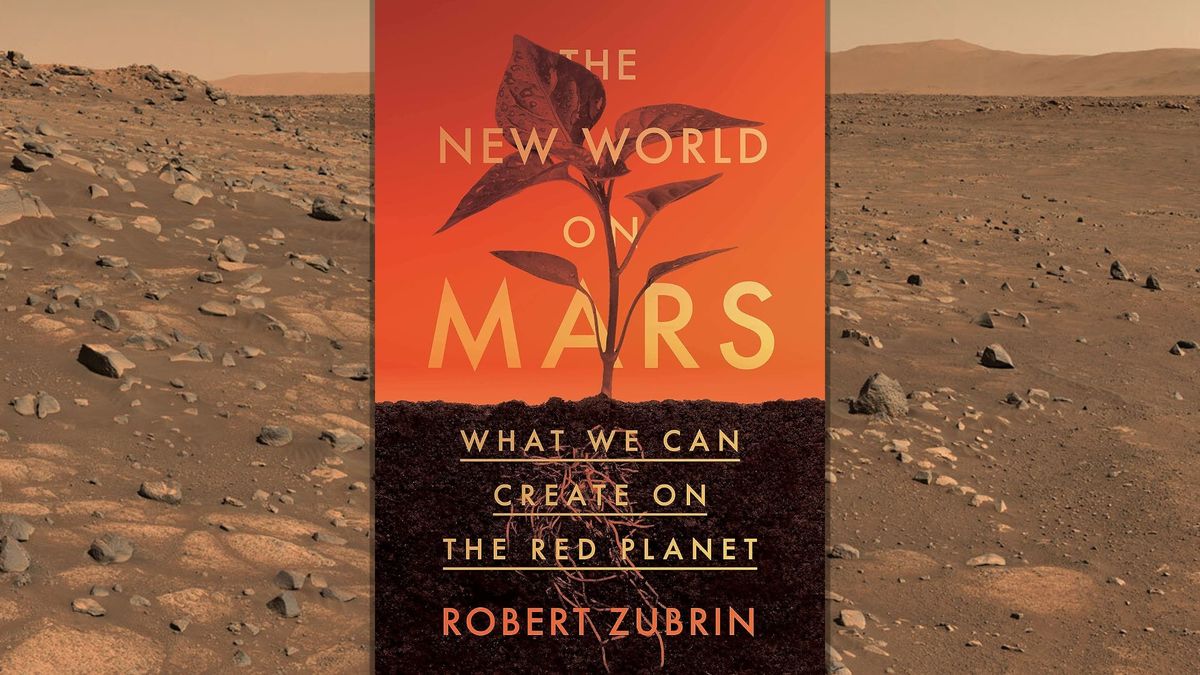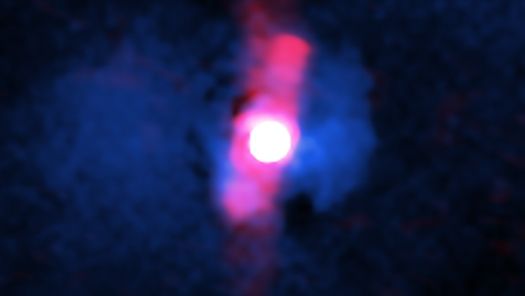NASA Sets New Record with Long-Duration Balloon Mission
A recent NASA scientific balloon mission has achieved a remarkable feat, setting a new agency record by spending 57 days in the skies above the South Pole. The mission, known as the Galactic/Extragalactic ULDB Spectroscopic Terahertz Observatory (GUSTO), launched a massive scientific balloon from McMurdo Station in Antarctica on December 31. This exceptional balloon remained airborne for a total of 57 days, 7 hours, and 38 minutes, marking the longest flight duration for any NASA heavy-lift, long-duration balloon mission.
GUSTO featured a telescope attached to a stadium-sized, zero-pressure scientific balloon that reached altitudes exceeding 125,000 feet (38,100 meters). Originally planned to last just over 60 days, the mission’s objective was to map a significant portion of the Milky Way galaxy, including the galactic center and the nearby satellite galaxy, the Large Magellanic Cloud.
Scientific Achievements
The telescope onboard GUSTO collected data on carbon, oxygen, and nitrogen emissions present in the interstellar medium, aiding researchers in gaining a deeper understanding of the interstellar gas lifecycle within the Milky Way. This valuable information contributes to ongoing scientific endeavors focused on studying the cosmos.
The successful duration of the GUSTO mission was made possible by favorable stratospheric winds and ample solar energy provided by the austral summer in the polar region. These environmental conditions allowed GUSTO to surpass the previous NASA duration record, previously held by the Super Trans-Iron Galactic Element Recorder (SuperTIGER) balloon mission, which flew for more than 55 days after its launch in December 2012.
Recognition and Acknowledgment
Christopher Walker, the leader of the mission, expressed his satisfaction with the program, highlighting NASA’s Long Duration Balloon initiative as a cost-effective method for conducting cutting-edge research at the boundaries of space. Andrew Hamilton, acting chief of NASA’s Balloon Program Office at the agency’s Wallops Flight Facility in Virginia, commended the collaborative effort of all involved parties, emphasizing the importance of teamwork in achieving the mission’s success.
The GUSTO mission concluded on February 26 at 6:24 p.m. EST, when the balloon and observatory safely descended via parachute and landed back on the ground in Antarctica. This achievement showcases the significance and value of Long Duration Ballooning in advancing scientific exploration and discovery.
Image/Photo credit: source url





